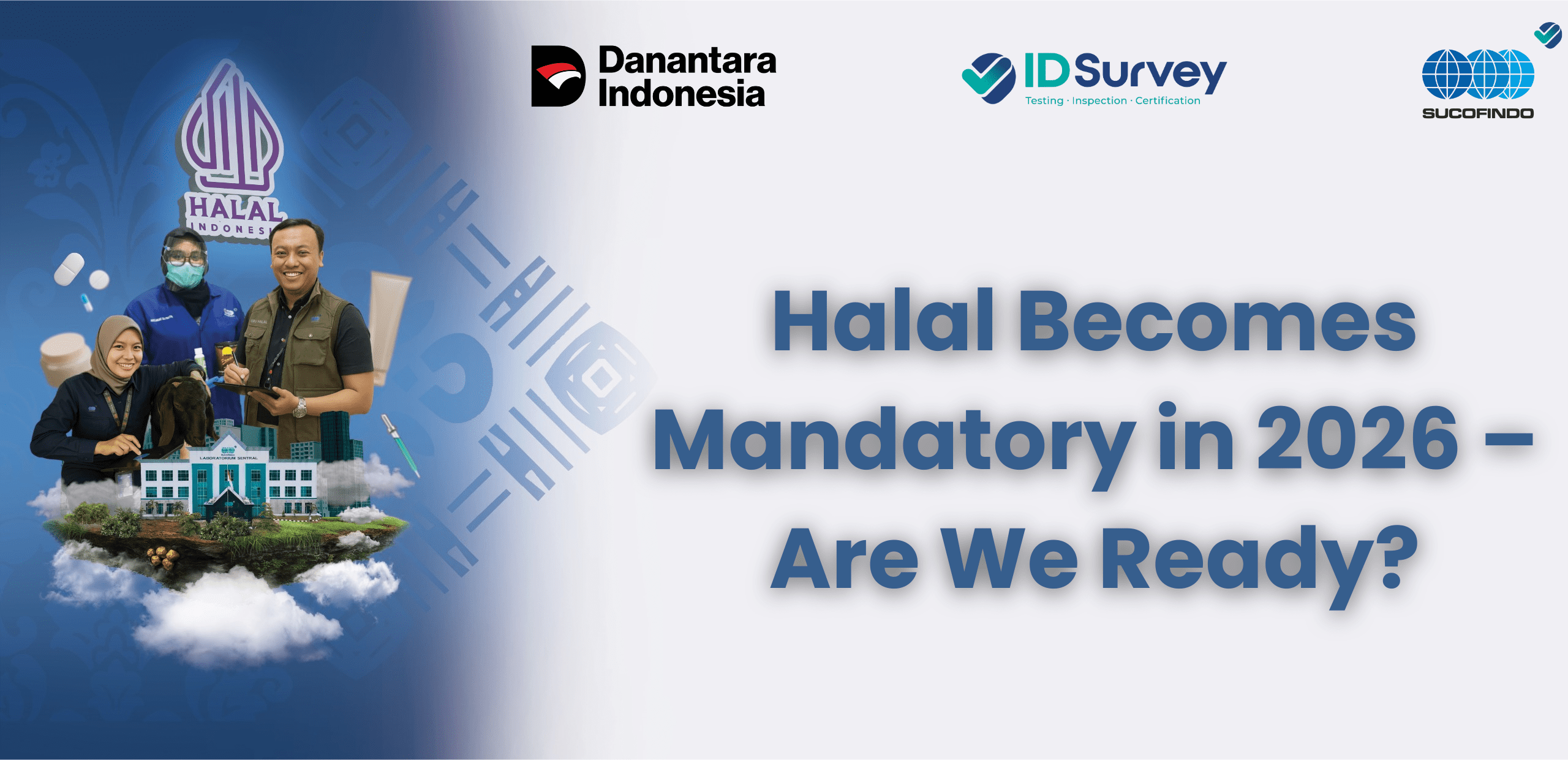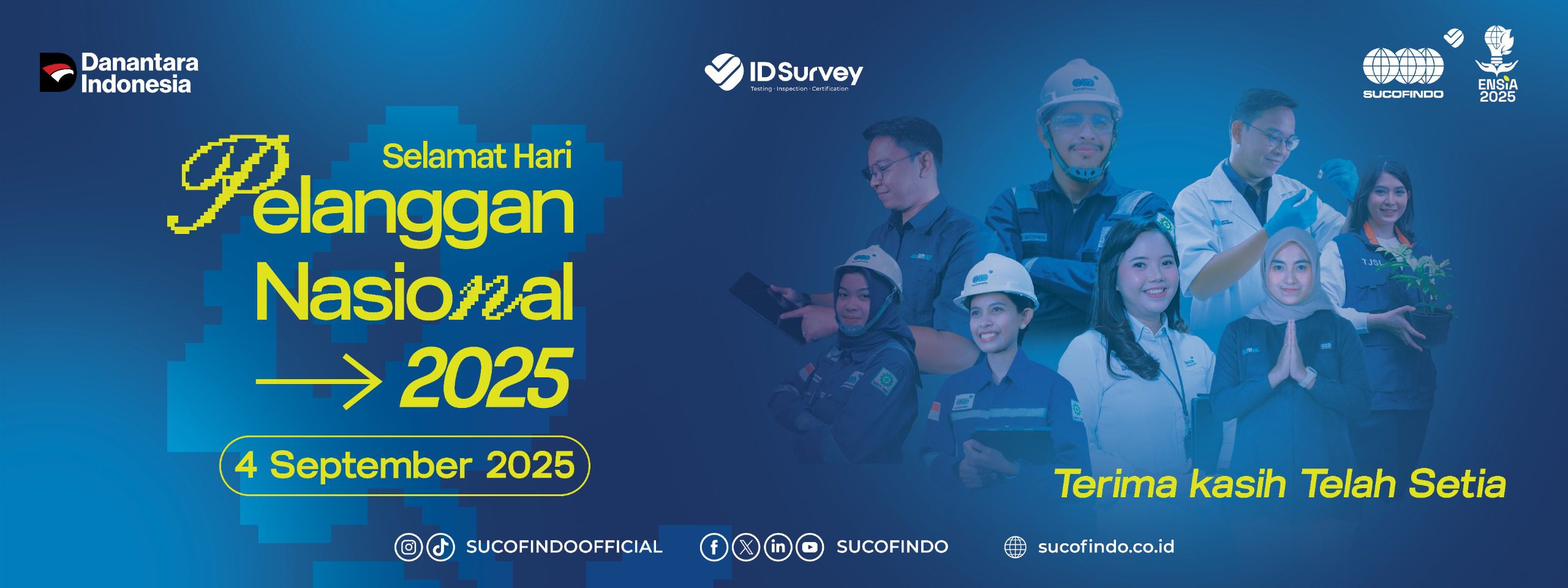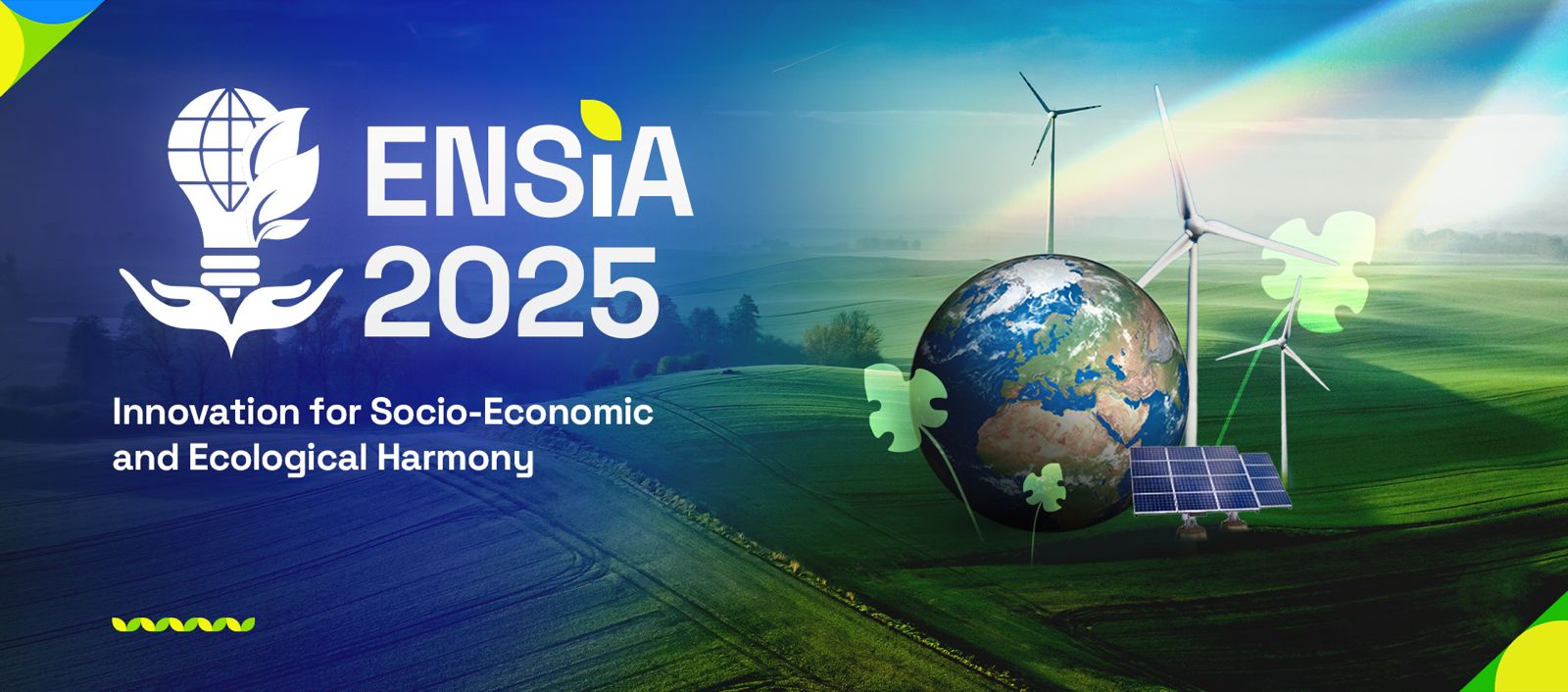Prevent Pollution and Environmental Damage with Credible AMDAL Documents
The company’s part that deals with the environment must have an EIA (Environmental Impact Analysis) document. This document contains an assessment of the impact that will be caused on the environment and what activities will be carried out.
EIA is needed to make decisions about implementing activities and business in Indonesia. Therefore, the aim and objective of the EIA are to ensure that these activities can run without hurting the environment.
Types of Businesses Requiring EIA Documents
Regulation the Minister of Environment Number 5 of 2012 regulates the provisions of the EIA. Some businesses are required to have an EIA document before starting activities. These types of companies are:
1. Multi-Sectoral Field
This field relates to activities held by cross-sectors. Usually, the authority is under the Ministry of Non-Ministerial Government Institution.
2. Defense Field
Activities related to the military have the potential to cause adverse impacts on the environment. For example, an explosion damages the ecosystem, disturbs residents, or destroys the land. Thus, activities related to the military are required to have an EIA document.
3. Agriculture
This sector can cause negative impacts in the form of soil erosion, changes in water quality and availability due to land clearing, disease, the spread of pests, and disrupting soil fertility. Social conflict can also arise and the spread of endemic diseases.
So, before taking up agricultural activities, ensure certification is first. You can have this certification by entrusting Sucofindo.
4. Forestry Sector
Activities in the forestry sector can cause disturbances to forest ecosystems and biodiversity, cause pests and diseases, and trigger social conflicts.
5. Nuclear Field
All activities related to the development and use of nuclear weapons always have the potential for radiation risks. Social impacts also make people anxious and worried about being exposed to radiation that endangers life.
EIA Acquisition Procedure
In obtaining the EIA document, some procedures must be followed. Below are these procedures:
1. Screening
This is the initial procedure for selecting and determining whether the prepared activity plan will require an EIA. In this process, a one-step selection system is carried out.
2. Announcement
Usually carried out by the responsible agency and the initiator of the activity. They announced that there would be certain activities related to the environment.
3. Scoping
At this stage, the scope of the problem of the activity is determined, and what impacts can be identified. The outcome of the scoping process is KA-Andal or Environmental Impact Analysis.
4. KA-EIA preparation
After the scoping process, the initiators will submit documents to the EIA Assessment Commission. The document contains the activity plan and the results of the environmental impact analysis that has been carried out.
The length of time for the assessment process from the verifier team is around 75 days. If something is still wrong, the initiating team must correct the document and send it back for assessment.
5. Preparation & Assessment of Andal, RKL, and RPL
Once the assessment team has approved the KA-Andal, the initiating team will begin preparing the Andal, RKL, and RPL documents. The designed documents will be sent back to the EIA Commission for evaluation.
Typically, the time required for an assessment is around 75 working days. When there is an error, the initiating team must immediately correct and perfect the document—then resubmit.
6. Environmental Feasibility Approval
Once the EIA Commission team has assessed and stated that the activities to be carried out by the initiating team are by the EIA standards, approval for environmental feasibility will be issued. Typically, these certifications are published by:
- Minister, for documents that go to the central commission.
- Governor, for papers submitted to the provincial commission.
- Regent/Mayor, for papers submitted to the district/city commission.
EIA benefits
EIA provides several benefits for employees, companies, and the government. Well, in general, below are these benefits:
- Early knowledge of positive and negative impacts on the environment from an activity.
- Ensure sustainable aspects of development projects.
- Save the use of natural resources.
However, for each stakeholder, the benefits of EIA include the following:
1. For Employees
Employees will receive benefits in the form of the following:
- It knows in advance about the existence of development plans in certain areas.
- Knowing what changes or impacts will result from a project.
- Know the rights and obligations in the EIA submission process.
- Can participate in maintaining and managing the environment.
2. For Companies
Meanwhile, for companies, EIA can provide benefits in the form of:
- Find out what problems will arise from a project on the environment in the future.
- Material for analyzing project management and objectives.
- Guidelines for implementing, managing, and monitoring the environment.
3. For Government
For the government itself, the benefits of EIA are more or less:
- Media to make the right decisions about the environmental feasibility of an activity planning.
- Materials to provide input in the development plan of a region.
- Prevent damage to natural resources around the activity/project location.
- Help protect environmental sustainability.
Those are the types, procedures, and benefits you can experience from the EIA document. Let’s make sure all activities related to the environment already have this certification.
For further information on certification services and the Scientific and Technical Activity Sector. You can read our article here. If you and your company need additional information regarding our services, contact and consult about it here.








